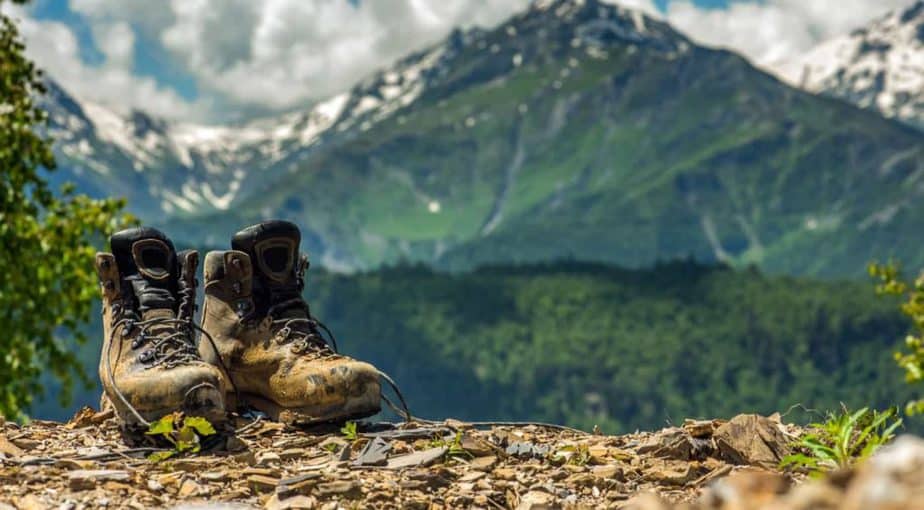Hiking in the UK
A short guide to what you need to think about
⛰️ Pick a walk!
There are many options of walks in the UK. All the way from Lizard Pointto John o'Groats – there is a trail for all abilities and levels of fitness. When you start planning your next hike there are a few things to think about. First,think about the distance. Choose a distance that is doable. If that is easy, start increasing the distance on your next walk. Next, think about the ascent. If you struggle with knees or back, start off with a low ascent so that there is less, or no climbing involved. Some of the most famous UK hiking areas are:
Remember to always tell someone where and when you are going out.

🥾 Hiking boots
Boots are the most important equipment to consider when you want to start hiking. Ensure they are comfortable and
supportive as you are going to be spending a lot of time in them.
The British countryside can be both wet and muddy, especially in the autumn season. Check that the boots are waterproof
so you can enjoy the beautiful scenery without having to worry about crossing small streams and muddy fields.
Good ankle support is particularity important if you explore uneven ground. This will help you keep balance and avoid a
twisted ankle.
When you have bought new boots, take a few walks around the neighbourhood in them to walk them in before you go off on a
long trail.
Check out Cotswold's top tip for choosing the perfect boot here

🎒 Bagpack
A good backpack is so much more than design. It needs to fit too. If you are going out on longer hikes, and need to
bring more supplies with you, it is essential that you choose a backpack that fits you.
Do not pick a backpack that is too big. This will just be extra weight. The size of the bag comes down to what you are
going to be doing, and how many you are packing for.
Generally, for hiking in the UK you want a backpack that can fit:
- 2 borrles of water (1 litre per bottle)
- An extra jumper
- A small blanket to sit on while resting
- Delicious lunch
- First aid kit
As already mentioned, the British weather can be temperamental. Ensure the material is water resistant to avoid water leaking into the bag. Having multiple pockets on the bag means have you can have easily available, rather than having to take all the content out to get to the water bottle.
Check out Nomadic Matt's guide here

🗺️ Map
Next up – maps. There are many new apps available with walks already marked out. They provide useful information such as distance, ascent, and a fitness level. While these apps are helpful for plotting and planning, having an actual map alongside it is highly recommended, along with a compass. This is valuable in case a phone goes out of battery, or if the weather does not allow for phone-use. Ordnance Survey is the national mapping agency for Great Britain. Their Explorer maps covers the UK, and provides great details of footpaths, rights of way, open access land, as well as the vegetation on the land. They also have an app called OS Maps which gives you access to this information. There are many more apps available, a few of these are:
- Komoot
- AllTrials
- Google Maps(very limited on trails but useful for finding the fastest way from A to B)

🚰🍴 Bring enough food and water
It is important to remember to bring enough water and food. While the amounts depend on the length of the walk, make sure to bring some extra energy just in case you are out longer than planned. If the walk is longer than two hours, make sure to have at least 1 bottle of water per person. It is important to stay hydrated, remember to take a sip regularly. For shorter walks, a pack of nuts and dried fruit, and a chocolate bar, can be enough, while for longer walks a couple of sandwiches and some fresh fruit is a good option. Remember to plan ahead to ensure you have enough food while you’re out. Other family favourites are:
- Carrots and hummus
- Mixed nuts
- Granola and chocolate bars
- Kandal Mint Cake (especially if you are hiking in the Lake District)

👍 Remember to pick up after yourself
Coded by Mia Martinussen